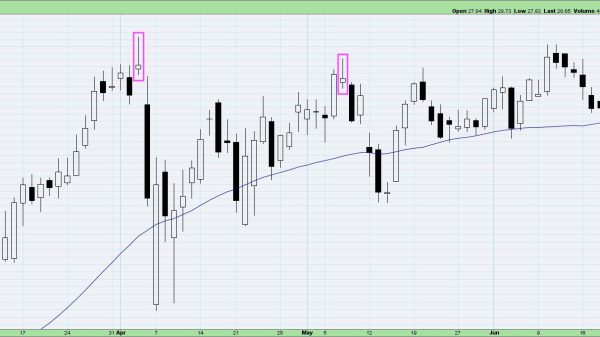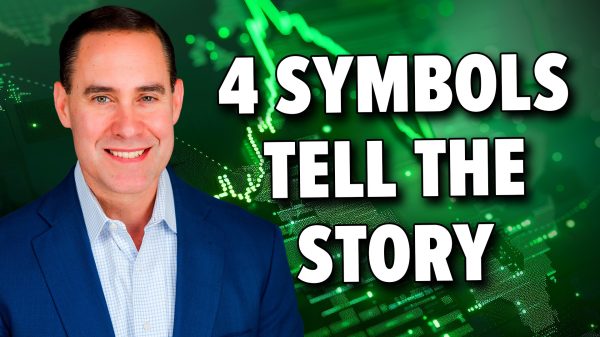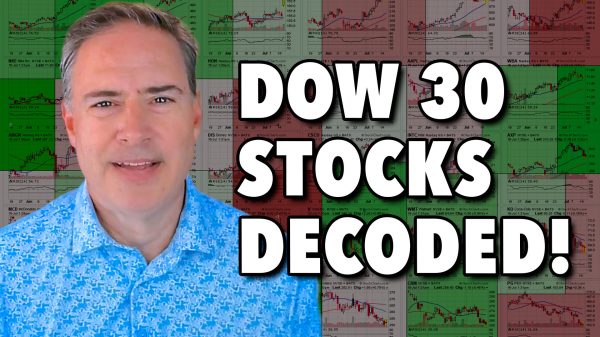Stocks’ Highs and Downs: Decoding Market Cycles
In the grand ballroom of the financial markets, history dances in circles, often revisiting familiar tunes with a contemporary twist. Our exploration into these cyclical patterns is not just a voyage back in time but a forward-looking endeavor, aiming to decipher the rhythm of past market movements to forecast future beats. Buckle up for an insightful, data-driven journey, spiced with a dose of lightheartedness, through the annals of financial history and into the speculative realms of tomorrow. Let’s explore the market cycles to gain insight in the future.
From 80% Fall to Glory: Nasdaq’s 16-Year Journey
The story of Nasdaq’s spectacular fall resembles the myth of Icarus. Its ambitious flight towards the sun led to a humbling plunge. Yet, unlike Icarus, Nasdaq displayed Phoenix-like resilience. It rose from its ashes over a painstaking 16 years to revisit its zenith.
This epic journey saw an 80% peak-to-trough fall. Despite this, Nasdaq succeeded in reclaiming its glory. Such a comeback highlights the relentless optimism and perseverance inherent in the market psyche. Furthermore, this journey serves as a powerful reminder. In the world of investing, the virtues of patience and long-term perspective are invaluable. While such turns of fate might astonish some, stock market sometimes offers such miracle rebounds. Black Monday in 1987 is the testament of this. You might ask what happened then?
From Panic to Profit: The 1987 Market Rebound
The cataclysm of Black Monday in 1987, when the stock market underwent an unprecedented freefall, seemed to spell doom for the financial world. Yet, defying widespread panic and gloom, both the Dow Jones Industrial Average and the S&P 500 managed to end the year on a surprisingly positive note. This remarkable turnaround story underlines an essential truth about financial markets: their inherent resilience. Even when faced with seemingly insurmountable challenges, the markets possess the uncanny ability to recover, often quicker than anticipated, fueled by the collective faith and forward-looking nature of investors.
2020s Bear Markets: 50-60% Rebounds & Peaks
In the recent saga of the 2020s, the financial markets encountered turbulence. Notably, the Nasdaq and the S&P 500 found themselves in the throes of bear markets. Despite this, they stayed true to their resilient nature. Both stocks mounted a formidable comeback, rebounding with 50-60% recoveries. They even managed to scale new heights. This cycle of downturn followed by a vigorous resurgence highlights the dynamic essence of market behavior. It illustrates how periods of adversity often precede robust recoveries driven by innovation, adaptation, and an unwavering belief in the future.
S&P 500’s $11T Surge in Just 5 Months
The past five months have witnessed a remarkable phenomenon in the S&P 500, with an $11 trillion surge in market cap. This staggering figure is not merely a testament to the market’s growth but a reflection of the explosive wealth creation potential inherent in modern financial systems. Such monumental increases in value, occurring within relatively short time frames, underscore the vibrant and ever-evolving nature of markets that continuously adapt, innovate, and expand, often in ways that defy conventional wisdom.
1987-2022: Decoding Market Crash Lessons
The financial landscape is marked by significant market crashes. Each crash has its unique set of causes and consequences. The dotcom bubble burst in 2000. Then came the harrowing descent of Black Monday in 1987. Following that, the crippling Great Financial Crisis struck in 2008. The pandemic-induced crash occurred in 2020. Most recently, the energy and supply chain shock hit in 2022.
Each event has served as a stark reminder. They highlight the market’s vulnerability to a myriad of factors. These historical episodes teach us valuable lessons. They shed light on the unpredictable nature of markets. Moreover, they underscore the importance of understanding the intricate web of economic, social, and political factors that drive market movements.
Market Wisdom: Insights from McGeever & Ritholtz
Thankfully, insights from financial experts help investors to make right decisions. For instance, McGeever highlights the rarity of stock market crashes and even rarer equity bubbles. Barry Ritholtz adds to the conversation, positing the dotcom implosion as a unique equity bubble. He also challenges conventional views on fair value, suggesting that markets rarely align with this theoretical equilibrium.
On another note, Brett House offers a nuanced perspective. He implies that if the current tech boom has substantial justifications beyond mere speculation, any potential correction might be less severe. It could also be more transient than analysts feared.
Comparing Tech Booms: 2000 and Now
The current tech-led US stock market boom invites comparisons with the dotcom era of 2000, albeit with significant differences. Today’s tech valuations, though high, are not as astronomical as the turn-of-the-century bubble, supported by a more substantial foundation of real revenue growth. This comparison highlights the evolution of the tech sector. It also suggests a maturation of market participants’ perspectives, indicating a cautious optimism tempered by the lessons of the past.
Dissecting the Causes Behind Market Busts
The causes behind market busts are as diverse as the busts themselves, ranging from high valuations and inflation fears to global pandemics and geopolitical tensions. These triggers reflect the multifaceted nature of market ecosystems, sensitive to an array of internal and external pressures. Understanding these dynamics is crucial for navigating the complex interplay of factors that can precipitate market downturns, underscoring the importance of a holistic view in financial analysis and decision-making.
2000 vs. Now: The Shift in Tech Valuations
A side-by-side comparison of tech valuations from the year 2000 to the present reveals a significant shift. Unlike the earlier era where investors often traded tech stocks at exorbitant multiples of forward earnings, current valuations are more grounded, buoyed by tangible growth in revenues. This evolution indicates a market that has learned from its past excesses, adopting a more measured approach to valuation that balances optimism with a realistic appraisal of underlying fundamentals.
From Past Echoes to Future Market Trends
As we stand at the intersection of history and future market trends, it’s clear that while the financial markets are a testament to human resilience and ingenuity, they are not immune to the cycles of boom and bust. The lessons of the past, though not infallible predictors, offer invaluable insights for navigating the future. They teach us the importance of preparedness, the value of diversification, and the wisdom of maintaining a long-term perspective in the face of market volatility.
In wrapping up our expedition through the market’s cyclical saga, we’re reminded of the enduring dynamism and adaptability of financial markets. By paying heed to the lessons of the past and staying attuned to the innovations of the present, investors can navigate the uncertain waters of the future with greater confidence and insight. Here’s to the endless waltz of market cycles, with its highs and lows, teaching us the timeless dance of resilience, adaptation, and growth.
The post Stocks’ Highs and Downs: Decoding Market Cycles appeared first on FinanceBrokerage.
























